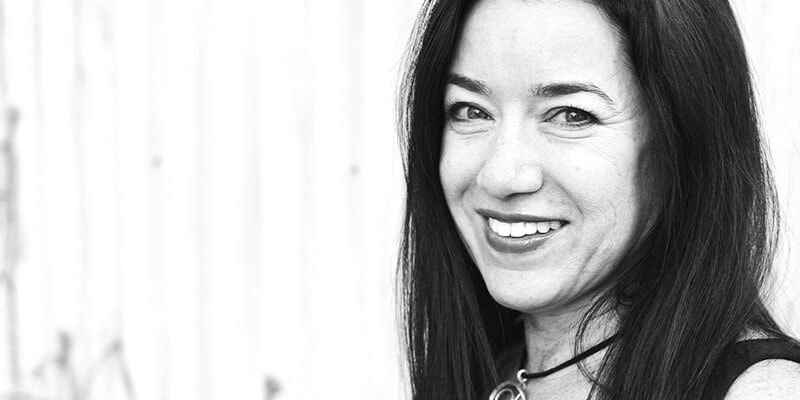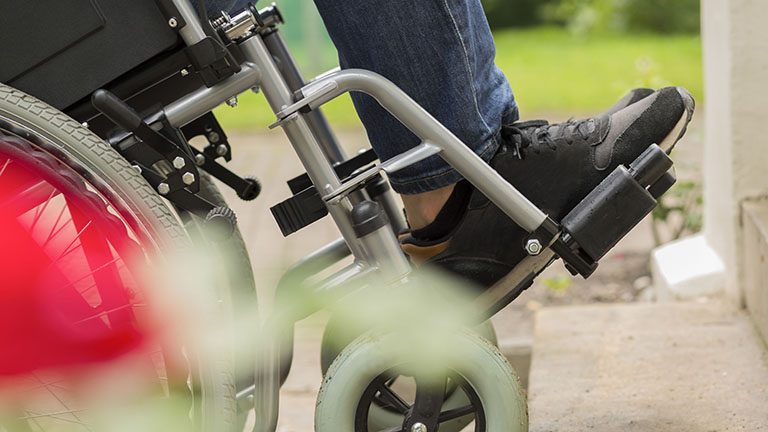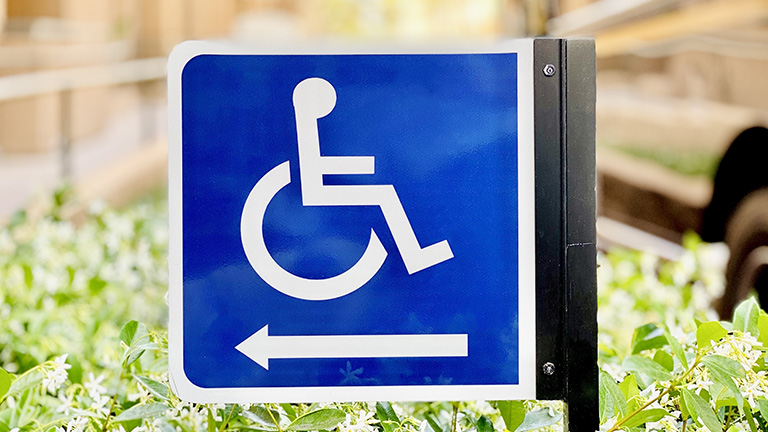The University of Arizona’s College of Architecture, Planning and Landscape Architecture (CAPLA) recently concluded its fall 2020 semester in a student project showcase and universal design competition. Ascension reached out to CAPLA instructor and Tucson architect Teresa Rosano to ask about the semester and the student design competition.
We spoke with Rosano previously in October 2020 about the future of accessibility in architectural design and what she hopes to instill in her students about inclusivity. You can read that interview here.
Ascension: We heard quite a bit from panel judges about each project during the student presentations. What is your approach to design review, what do you look for in a design?
Teresa Rosano: We encourage students to have and articulate a clear concept and point of view – i.e. what is their focus, inspiration, and how does that manifest in an overarching idea that informs design decisions at every scale of the project. From site planning to material choices to furnishings.
ASC: When you discuss universal design with your students in your classes, are there any architects that you bring to their attention, any projects you present them for inspiration?
T.R.: We look at various projects by international architects – BIG, to Alberto Camp Baeza, to Le Corbusier. It’s useful to analyze older structures and buildings outside the U.S. through an ADA lens, contrasting them with newer architecture that adhere to ADA requirements and address universal design more effectively.
We also discuss places with which the students are very familiar, like our own CAPLA building and other campus buildings, to compare how the experiences of using the building works (or doesn’t) for someone with different abilities.
ASC: The level of planning and physical incorporation of UD in each students’ project was quite impressive, especially the examples that considered accessibility beyond the physical space.
Specifically, students’ thinking about the use of architecture and the design of structures to ensure that visitors and users all have full and equal experiences, regardless of physical ability – thinking that goes beyond just ensuring hallways are certain distances wide. How do you teach that sort of thinking and why do you believe that it’s important to architectural design and accessibility?
T.R.: While much of our discussion is centered around circulation because of its significant three-dimensional spatial implications, we consider other experiential factors as well. I introduce a series of TED (and similar) talks from people who have various disabilities – blindness, deafness, and from the perspective of a little person and so on.
This encourages understanding of how another person might experience a space. The ability to imagine spatial experience is essential in architecture. Doing so can hone our awareness of all our senses and also serves as a practice in empathy – a skill that transcends any discipline.

ASC: How are you preparing for next semester, any changes to the curriculum, or is it top secret?
T.R.: Since this semester [Fall 2020] we were remote due to the pandemic, when we return to in-person teaching we will have greater ability to observe, experience, and analyze physical spaces from a UD perspective. One experiment I’m considering is asking students to take an Implicit Association Test (IAT) for Disability (‘Disabled – Abled’) at the beginning and end of the program to find out whether their perceptions or implicit biases change over the course of the semester.
ASC: In addition to teaching, you’re an experienced architect. What is your thought process after a semester? Does teaching inform in anyway your own design process and thinking as an architect?
T.R.: Teaching provides a glimpse into others’ thought processes and perceptions. Unlike in practice in which a project generally results in one final manifestation of a completed architectural project (even though many ideas are explored in the process), in school, one site and one theoretical client results in several dozen unique and developed outcomes. It’s an exciting illustration of the vast array of possibilities even within a defined set of parameters and constraints.
Learn more about Teresa Rosano and her architecture firm Ibarra Rosano Design Architects at ibarrarosano.com. For those interested in learning more about Universal Design and its influence on daily life, universaldesign.ie is a wonderful resource.



